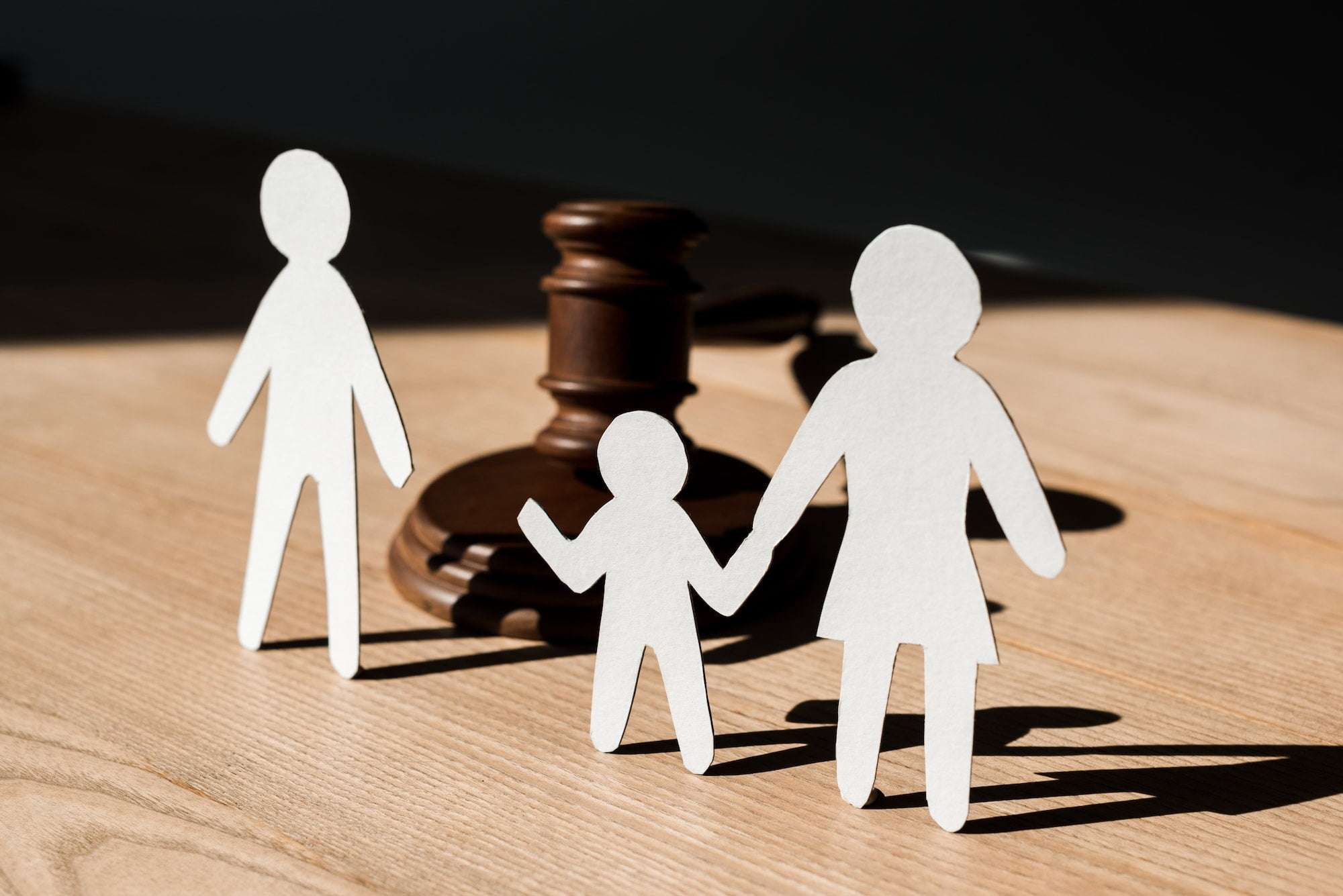In the context of divorce in Singapore, childcare and custody related issues are part of the child-related matters under the Ancillary Matters issues. Oftentimes in a divorce between two parties, the individuals who are most impacted by such a life-altering decision are often the children of the marriage. For clarity, one is considered a child as long as they are below the age of 21.
Apart from the psychological, emotional and social impact that a divorce may have on children, a practical effect of the divorce is the care arrangements of the children, and the presence of both parents in their lives after the divorce.
In a family that is intact, both parents have the responsibility to care for and take charge of making joint decisions for their children. Without intervention of the law, Parties are at liberty to set up and operate a family unit in a way that works for them.
However, after a divorce, a family lawyer will highlight three important concepts on child-related issues that become of utmost importance:
- Custody;
- Care and Control; and
- Access
Custody
Custody refers to the legal right of a parent to make decisions about a child’s upbringing and welfare. It involves making major decisions for their child, such as religion, education, medical decisions and other significant aspects of their lives.
The general position in Singapore after divorce is for parents to have joint custody of their children. This means that both parents have equal decision-making rights to their children. As such, parents must put their differences aside to co-parent and work on coming to a consensus on custodial decisions.
Depending on the circumstances of each case, a sole custody order may also be granted to one parent if the court is of the view that such an arrangement would be in the best interest of the child.
Care and Control and access
In the context of family law in Singapore, care and control refers to whom the child primarily resides with, and the parent who is primarily responsible for the day-to-day decisions relating to the child, without the need to consult the other parent for routine matters.
There are three types of care and control arrangements such 1) sole 2) shared 3) split.
In a sole care and control arrangement, the parent with sole care and control of the child is the child’s primary caregiver while the other parent has access to the child (ie. visitation rights) in an arrangement that is either agreed upon between Parties, or decided on by the court in a manner that is in the best interest of the child.
In a shared care and control arrangement, each parent takes turns to be the parent with care and control of the children and access with the child, depending on the arrangement.
In a split care and control arrangement, this presupposes that there is more than one child to the marriage, and these children are divided between the parents. This means that each parent has care and control of at least one child, rather than having all the children reside with only one parent, while the other parent has access.
Why are such child care and custody arrangements necessary?
In family matters such as divorce, the family unit will inevitably undergo changes, even when the divorce may have been amicable and mutual. It is important to have arrangements in place for the children of the family to maintain semblance of stability and predictability while they transition into a different chapter of their lives – one where their parents are no longer married and the family unit is no longer intact.
Oftentimes, divorce occurs because there is a breakdown of communication between Parties to a marriage. Having child care arrangements clearly set out in an Order of Court will also ensure that parents fulfil their obligations to their children even if they may not see eye to eye with each other. This is necessary to minimize the risk of the children getting caught in the middle of their parents in an event that the latter is unable to come to a consensus.
Divorcing parties are also reminded of their role as parents even as they transition out of their marriage union. Parents are encouraged to put their differences aside and focus on raising their children in a manner that promotes rather than undermines their best interest.

